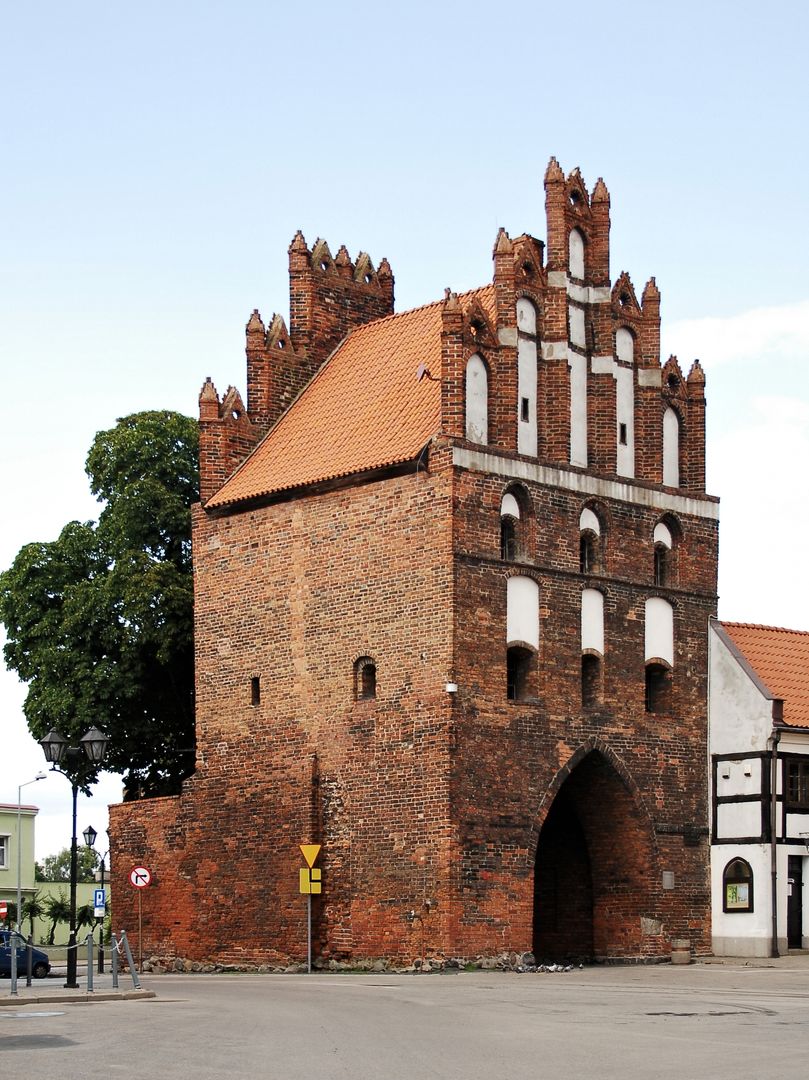Chełmińska Gate in Brodnica
6.52

Overview
The Chełmińska Gate in Brodnica, also known as the Stone Gate, is one of the best-preserved medieval town gates from the Teutonic era in Poland. It was built in the first half of the 14th century, likely between 1310 and 1340, as part of the city walls. Initially, the gate had two stories, but around 1370, a third level was added. Its architecture is characterized by a square layout, stepped gables, pinnacles, and semicircular plastered blind windows. The structure features wooden ceilings and is covered with a pitched roof made of tiles, along with a preserved fragment of the gate passage (known as the "szyja bramna").
Over the centuries, the gate served various purposes: in the 19th century, it was used as a municipal prison and later as a weighing house for goods. In 1898, it underwent partial reconstruction, which contributed to its renewal. Since 1973, the Chełmińska Gate has housed the Regional Museum in Brodnica and the contemporary art gallery "Brama," where museum exhibitions are regularly held.
Not only is the gate an important historical symbol of the city, but it also serves as a place where tradition meets modernity, attracting both tourists and culture enthusiasts. Interestingly, its preserved architectural elements and the functions it has fulfilled over the centuries reflect Brodnica's rich history, cementing its place in Polish culture and heritage.
Location
2025 Wizytor | All Rights Reserved